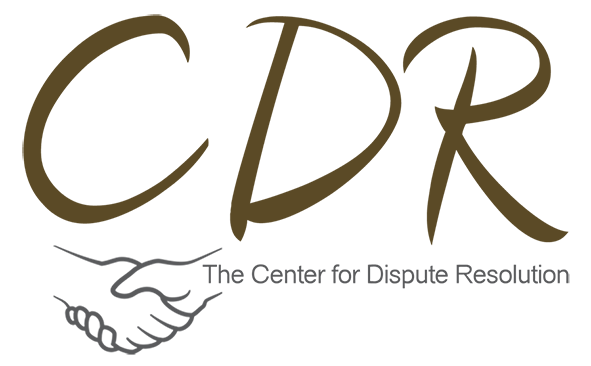
The Power of Separation: Resolving Conflict by Separating People from the Problem
Conflict is an inevitable part of human interaction, whether it occurs in our personal relationships, workplaces, or broader societal issues. However, how we approach and address these conflicts can make a significant difference in finding effective solutions. One powerful strategy for resolving conflicts is to separate people from the problem. In this SEO-optimized article, we’ll explore the concept of separating people from the problem and how it can help in resolving conflicts.
Understanding the Problem
Before delving into the benefits of separating people from the problem, it’s crucial to understand what this concept entails. In conflict resolution, “the problem” refers to the issues, disagreements, or disputes at the heart of the conflict. It is separate from “the people,” who are the individuals involved in the conflict.
The Role of Emotions
Emotions often run high during conflicts, making it difficult for individuals to remain rational and objective. When people become emotionally entangled with the problem, it can hinder productive communication and resolution. Separating people from the problem involves acknowledging and addressing the emotional aspects of a conflict while keeping them distinct from the actual issues at hand.
Improved Communication
One of the primary benefits of separating people from the problem is that it promotes better communication. When individuals can discuss the problem without feeling personally attacked or defensive, they are more likely to engage in constructive dialogue. This open communication allows for a deeper understanding of each party’s perspectives and concerns.
Fostering Empathy
By separating people from the problem, you create an environment where empathy can thrive. Empathy involves understanding and appreciating the feelings and viewpoints of others. When individuals feel that their emotions and perspectives are respected, they are more inclined to reciprocate, leading to a more empathetic and cooperative atmosphere.
Objective Problem Solving
A key advantage of this approach is that it encourages objective problem-solving. When people focus on the problem itself rather than on personal grievances, they are better equipped to generate creative solutions. This shift in perspective can lead to compromises and agreements that might have otherwise been elusive.
Preserving Relationships
In many conflicts, maintaining relationships is important. Whether it’s a family dispute, workplace disagreement, or community issue, separating people from the problem helps prevent lasting damage to relationships. This approach enables individuals to resolve the problem while preserving their mutual respect and goodwill.
Steps to Implement Separation
To effectively separate people from the problem in conflict resolution, consider these practical steps:
- Acknowledge emotions: Encourage all parties involved to express their feelings and concerns without judgment.
- Listen actively: Pay close attention to what each person is saying and make an effort to understand their perspective.
- Identify the problem: Clearly define the issues at the heart of the conflict to ensure everyone is on the same page.
- Generate solutions: Brainstorm possible solutions collaboratively, focusing on the problem rather than personal blame.
- Evaluate options: Assess the proposed solutions objectively, considering their feasibility and potential benefits.
- Reach a consensus: Strive for a mutually agreeable resolution that satisfies the interests of all parties involved.
Conclusion
Conflict resolution is an essential skill in both personal and professional life. Separating people from the problem is a valuable strategy that can lead to more effective and harmonious outcomes. By acknowledging emotions, fostering empathy, promoting open communication, and keeping the focus on the problem itself, individuals can work together to find solutions that preserve relationships and benefit everyone involved. In the end, the power of separation lies in its ability to transform conflict into an opportunity for growth, understanding, and positive change.
✅ Resolve disputes effortlessly. ✅ Build stronger relationships. ✅ Subscribe FREE now!
Don't miss out! Join us today. 🚀


Comments are closed